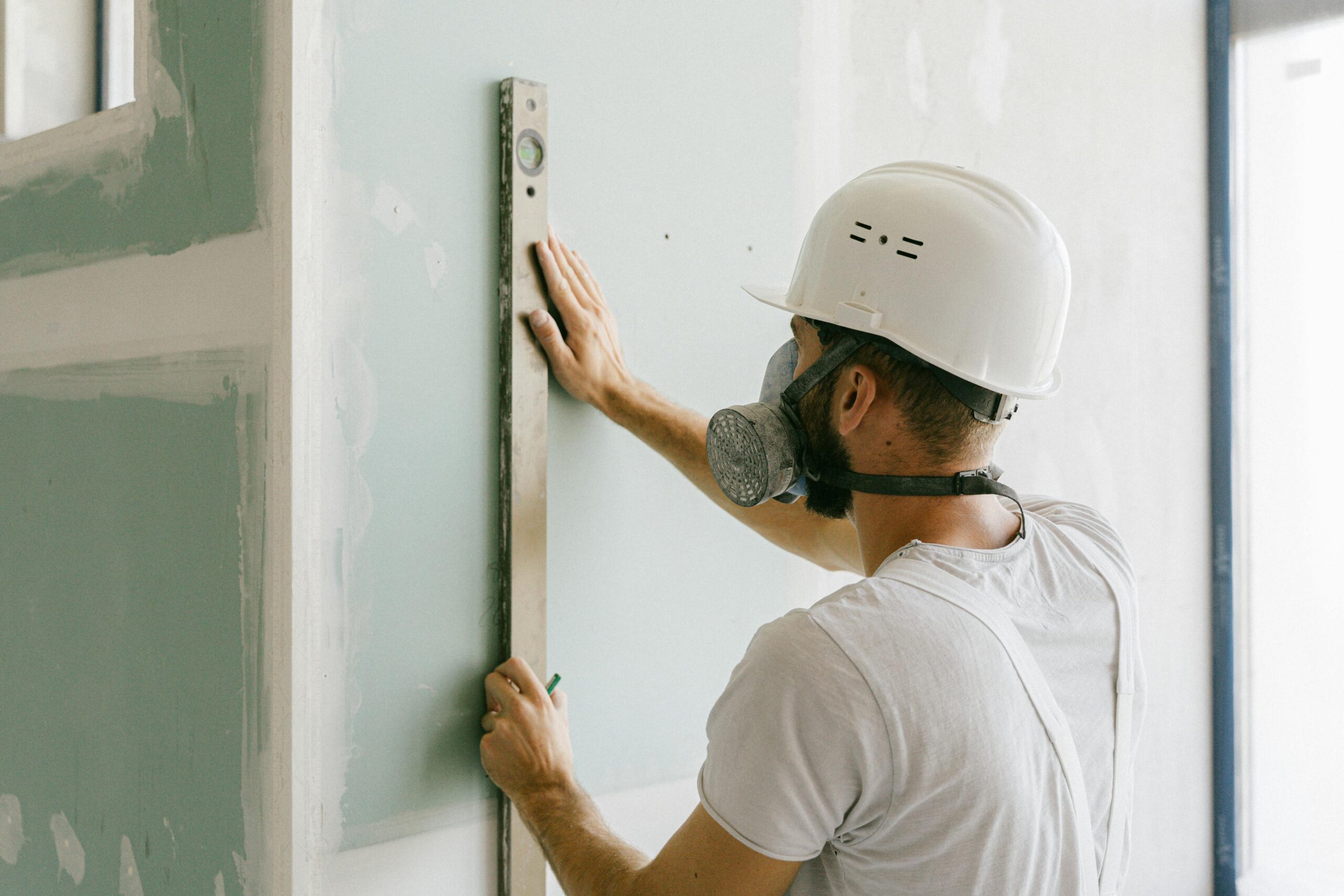Accidents happen—whether it’s a door handle gone rogue, a kids’ roughhousing moment, or a misplaced furniture corner, drywall damage is a common issue for homeowners. The good news? You don’t need to hire a contractor to fix it. Learning how to fix drywall is a valuable DIY skill that can save you time and money, and it’s easier than you might think. With a few tools and some patience, you can patch everything from small dents to medium-sized holes like a pro.
Assess the size of the damage
Before you begin, take a look at the size and type of the hole. Small nail holes or dents (under 1/2 inch) require a different approach than medium-sized holes (up to 6 inches). Larger holes may need drywall replacement and joint support. For most homeowners, medium-sized patches are the sweet spot for DIY fixes, and they can be completed in under an hour of active work—not including drying time.
What you’ll need to fix drywall
For a smooth repair, gather your materials before starting:
- Drywall patch or mesh tape
- Lightweight joint compound (spackle)
- Putty knife
- Sanding sponge or sandpaper (120–220 grit)
- Utility knife
- Primer and touch-up paint
- Optional: drywall saw, backing support (for larger holes)
You can find everything you need at your local hardware store or in a convenient drywall repair kit.
How to patch small holes and dents
For holes smaller than a dime, a bit of spackle is usually all you need. Use your putty knife to apply a small amount directly over the hole, smoothing it flush with the wall. Let it dry according to the label (usually 30 minutes to a few hours), then lightly sand until smooth. Wipe away dust and apply a coat of paint to blend it in. These quick touch-ups are great for prepping walls before moving out or repainting.
Fixing medium-sized drywall holes (2–6 inches)
For slightly larger holes, use a drywall patch or mesh tape. Clean the area with a utility knife to create a square or round opening, which helps the patch adhere better. If using a self-adhesive mesh patch, center it over the hole and press firmly. Then, apply joint compound over the patch in thin layers with your putty knife, feathering the edges into the surrounding wall. Let it dry between coats, then sand until smooth.
For larger holes, build in support
If the hole is larger than your hand, you may need to insert a backing support like a scrap piece of wood or drywall clip behind the hole to attach a new piece of drywall. Cut a new piece to fit, screw it into the backing, then tape the seams and apply joint compound as you would with a patch. This adds strength and prevents cracking later on. While this takes more time, it’s still doable as a DIY weekend project.
Sanding and finishing the surface
Once your patch is dry, sanding is key for a professional finish. Use a fine-grit sanding sponge or sandpaper to smooth the area until it blends seamlessly with the rest of the wall. Wipe away the dust with a damp cloth or tack cloth before priming. Applying a primer helps paint adhere evenly and prevents flashing (shiny or dull spots). Once primed, paint over the patch with a color-matched touch-up to complete the repair.
Tips for a seamless repair
- Always apply joint compound in thin layers—thicker coats take longer to dry and are harder to sand.
- Use a wide putty knife (6–8 inches) for feathering larger patches.
- Match your wall texture (if any) by using a sponge, brush, or texture spray before painting.
- Use leftover paint from your original wall job or bring a sample to the store for a color match.
When to call in a professional
If your drywall is severely water-damaged, cracked around load-bearing walls, or part of a larger remodeling job, it might be time to hire a pro. Structural repairs or extensive replacement may require more than a patch. You can connect with a trusted local contractor through AskHomey to ensure the job is done quickly and correctly.
Follow AskHomey for more home DIY repair tips
Whether you’re patching drywall, updating your space, or tackling seasonal maintenance, we’ve got the resources you need. Follow AskHomey on Instagram and Facebook for simple, smart DIY ideas and expert guidance to make home projects a breeze.



